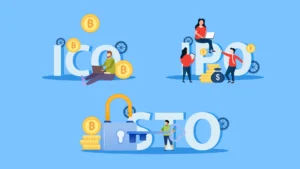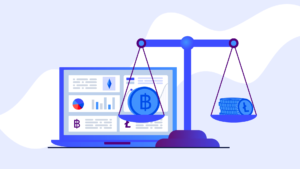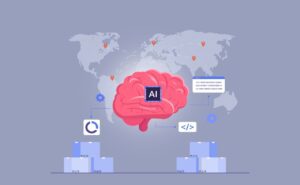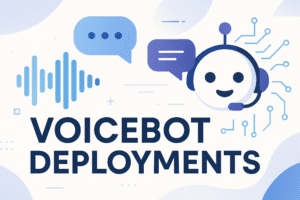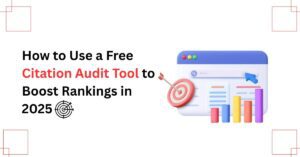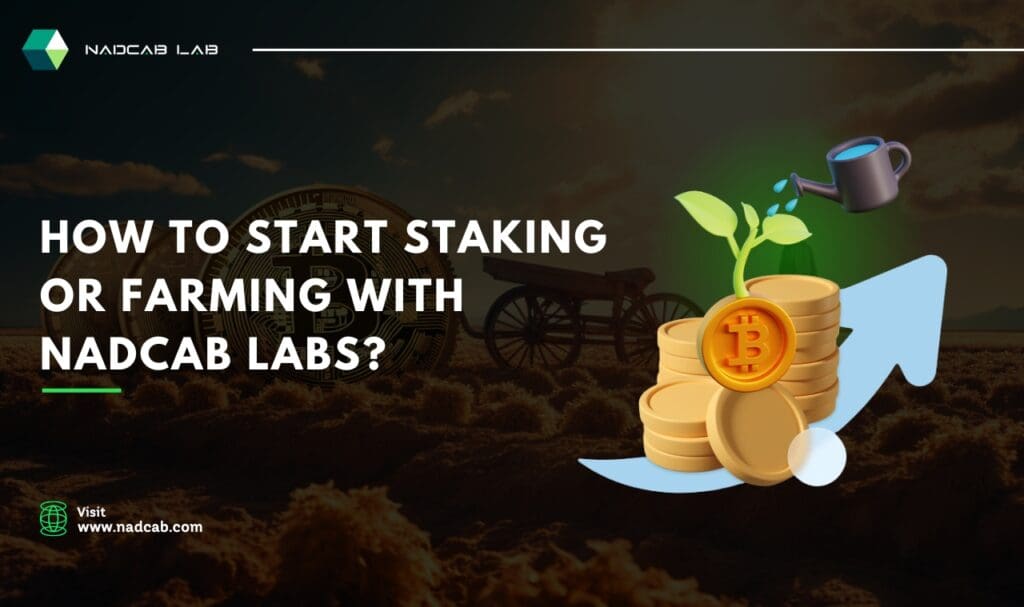
One of the best trending technologies in the IT industry today is Artificial Intelligence (AI), especially with its rapid advancements in Generative AI, Machine Learning, and Natural Language Processing. AI is transforming how businesses operate by automating tasks, improving decision-making, enhancing customer experiences, and enabling smarter solutions in areas like healthcare, finance, and cybersecurity. Its integration with other technologies like cloud computing, big data, and the Internet of Things (IoT) is making AI a powerful and essential part of digital transformation across industries.
What is Trending Technology?
Trending Technology refers to the latest and most popular advancements in the tech world that are currently gaining attention and being widely adopted. These include innovations like artificial intelligence (AI), blockchain, 5G, Internet of Things (IoT), and cloud computing. These technologies are changing how we live and work by making things faster, smarter, and more connected. People and businesses follow these trends to stay updated and competitive in the modern digital world.
- Artificial Intelligence (A.I)
- Blockchain
- The internet of Things (IoT)
- Data integration
- Quantum computing
- Mobile Development
What is Artificial Intelligence?
Artificial Intelligence , or simply AI, is a term used to describe a machine’s ability to simulate human intelligence. Behaviors such as learning, logic, reasoning, perception, and creativity that were once considered unique to humans are now replicated by technology and used in all industries. A common example of AI in today’s world is a Chabot, especially a “live chat” version that handles basic customer service requests from a company website. As technology advances, the benchmarks for the elements that make up AI change as well.
Why is artificial intelligence important?
Artificial intelligence has long been a promising topic between the public and scientific culture and has the potential to significantly change the relationship between business and people and technology. So why AI is uses reaching critical mass today? With the proliferation of data and the maturation of other innovations in cloud processing and computing power, AI adoption is growing faster than ever. Now the company has access to an unprecedented amount of data, including dark data that it has never known before. These treasures help AI grow. The right source of business value AI has long been viewed as a potential source of business innovation.
Now, with AI Blur, organizations are starting to see how AI can add value. Automation reduces costs and brings new levels of consistency, speed, and scalability to business processes. In fact, some Accenture customers are saving 70% of their time. But what’s even more attractive is the ability of AI to drive growth. Companies that successfully expand will have a 3x increase in AI return on investment compared to companies stuck in the pilot stage. I think 84% of C-suite executives need to leverage AI to achieve their growth goals.
Agility and competitive advantage Artificial Intelligence do not simplify efficiency and hard work. Thanks to machine learning and deep learning, AI applications can analyze new information from many sources with data and results in near real-time and adapt to business-critical accuracy. (Product recommendations are the best example.) This self-learning and self-optimization feature mean AI continuously synthesizes business benefits.
In this way, AI helps businesses quickly adapt through regular insights to drive innovation and competitive advantage in a world of constant turmoil. When expanded, AI can be a key component of strategic priorities and a barrier to survival. Three of the four executives in the C-suite thinks there is a risk of going outside without extending artificial intelligence within the next five years. Business. Obviously, the stakes are high to scale the AI.
What is the Blockchain Technology?
Blockchain is a Decentralized Ledger type for maintaining permanent and tamper-proof records of transaction data. Blockchain acts as a distributed database managed by computers belonging to a peer-to-peer network. Each computer on the distributed network maintains a copy of the ledger to prevent single points of failure, and all copies are updated and validated simultaneously. In the past, blockchains were usually associated with digital currencies like Bitcoin or alternative versions of Bitcoin like Bitcoin Cash.
Today, Blockchain Development Services are helping businesses explore blockchain applications across many industries in a secure and cost-effective way to create and manage distributed databases and maintain records of all types of digital transactions.
Who uses the blockchain?
Bitcoin was one of the most prominent uses of the blockchain. However, if the price in 2018 fell 65-80% of its highest value. Bitcoin and other cryptocurrencies like Ethereal or Lit coin can be used in the same way as other decentralized databases. In 2016, online retailer Overstock.com used blockchain to support stock trading for the first time by a publicly-traded company to sell and distribute more than 126,000 company stocks. The global financial institution consortium R 3 uses blockchain to record, manage, and synchronize financial information using blockchain APIs for specific platforms.
Banks and financial institutions around the world are looking for ways to improve security by using blockchain. Other industries, including healthcare, government, and technology, are investigating how blockchains can be used to safely exchange personal health information, digital assets like downloaded entertainment, and data like property certificates. However, blockchain adoption is slow. In 2018, 1% of CIOs adopted blockchain, and about 8% of CIOs were investigating and planning blockchain use. Manufacturing and other similar businesses also have the potential to leverage blockchain to manage smart contracts and track materials moving through the supply chain.
What is Internet of Things?
The Internet of Things is generally abbreviated as the Internet of Things and refers to connecting devices (except for common charges such as computers and smartphones) to the Internet. With the Internet of Things, you can connect to cars, kitchen appliances, and even heart monitors. As the Internet of Things grow in the coming years, more devices will be added to this list. I have written a beginner Internet of Things terminology and question guide to help you navigate the increasingly connected world.
What is the internet of things device?
Stand internet-connected devices that can be monitored and/or controlled from a remote location are considered Internet of Things devices. With a smaller, more powerful chip, almost any product can be an Internet of Things device.
What is Data Integration?
Data integration is defined as a system that merges data from a variety of resources, converting it into valuable information, giving users a unified view of the data, and allowing tools to generate effectively business intelligence and operations related to basic business operations. . Data consolidation is when the client sends a request to the master server to access the data, and as a result, the master server gets the data and sends it to the client. These features make it widely used in a variety of situations, such as commercial science.
How does Data Integration Work?
Data consolidation consolidates data from multiple inputs and allows clients to pull more data from the pool. This serves as a central point for big data. Even if data is collected from various sources, it reflects a single view of accessing the system to clients or users. Data integration is generally recommended for accessing large amounts of data internally and externally in a hybrid environment. In the event of duplication or errors, Data Integration consolidates data attributes from various domains, placing a data warehouse that can effectively operate data attributes. Simply put, the data integration elements consist of client servers, master servers, and data sources set up within the connected network.
There is a basic job in data integration. The client sends a request to the master server to access the data, then the master data is taken from external and internal resources and presented to the client as a single data element. This is a method of mixing data from a hybrid pool and converting it into meaningful data to provide it to users or clients for efficient purposes depending on the business purpose. It is a way to participate in technology and business operations, get data from various sources, analyze the correct data with reliability and accuracy, and provide it to customers according to business needs.
What is Quantum Computing?
This field of computer science is based on the principle of superposition of matter and quantum entanglement and uses a different computational method than traditional methods. Theoretically, it can store more states per unit of information and work with much more efficient algorithms at numerical levels like Show or Quantum Annealing. This next-generation supercomputer uses the knowledge of quantum mechanics, the physical domain of studying atoms and subatomic particles, to overcome the limitations of classical computing. Indeed, Quantum Computing faces obvious problems with scalability and inconsistency, but it allows you to perform multiple simultaneous operations and eliminates the tunnel effect that currently limits anemometric scale programming.
How does Quantum Computers Work?
Quantum computers perform calculations based on the probability of an object’s state before being measured, rather than 1 second or 0 seconds. In other words, it is likely to process more data exponentially than traditional computers. Classic computers use a clear position in the physical state to perform logical tasks. These are usually binary, so they are based on one of two positions. Single states like on or off, up or down, 1 or 0 are called bits. In quantum computing, an operator uses the quantum state of an object instead to produce what is known as a quit. These states are undefined properties of an object before it is detected, such as the spin of an electron or the polarization of a photon.
Unmeasured quantum states occur in a mixed overlapping, unlike coins that rotate through the air before falling into the hands rather than having a clear position. This overlap can become entangled with other objects. That is, even if you don’t know what the final result is, the final result is mathematically related. By connecting the complex mathematics of this unstable rotating coin’s state to a special algorithm, you can solve a short problem that takes a long time to compute a classic computer. These algorithms are useful for solving complex mathematical problems, generating fragile security codes, or predicting multi-particle interactions in chemical reactions.
What is Mobile Development?
Mobile Development is the process of creating software applications that run on mobile devices like smartphones and tablets. It includes writing code, designing user interfaces, and optimizing performance to work well on different mobile platforms.
Key Aspects of Mobile Development:
-
- Platforms
- iOS: Apps developed for Apple devices using Swift or Objective-C.
- Android: Apps built for Android devices using Java or Kotlin.
- Cross-Platform: Tools like Flutter, React Native, or Xamarin allow you to write one codebase that runs on both iOS and Android.
- Platforms
-
- Types of Mobile Apps
- Native Apps: Built specifically for one platform (iOS or Android) and offer the best performance.
- Hybrid Apps: Combine web and native elements, often built using frameworks like Ionic or Cordova.
- Web Apps: Mobile-friendly websites that behave like apps but run in a browser.
- Types of Mobile Apps
-
- Key Tools Technologies
- IDEs: Xcode (for iOS) and Android Studio (for Android).
- Backend Services: Firebase, AWS, and others to manage server-side functions.
- APIs SDKs: Used to access device features like camera, GPS, and push notifications.
- Key Tools Technologies
-
- User Interface (UI) User Experience (UX)
- Focus on creating smooth and user-friendly design.
- Considers screen sizes, gestures, loading speed, and device performance.
- User Interface (UI) User Experience (UX)
- Publishing Maintenance
- Apps are released through the Apple App Store or Google Play Store.
- Regular updates are needed for bug fixes, feature improvements, and OS compatibility.

